The Ultimate Guide: Choosing the Best LED Light Color for Optimal Studying
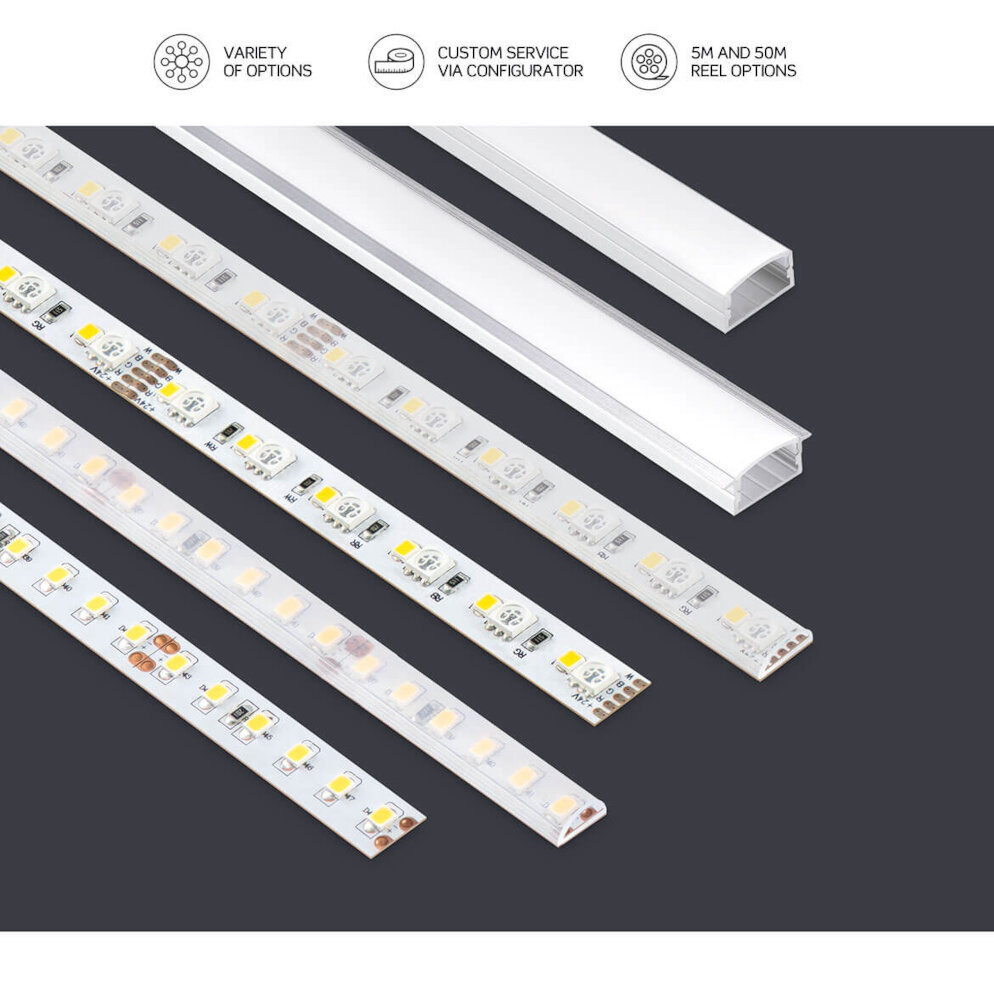
When it comes to studying, creating the right atmosphere is crucial to learning effectively. Lighting plays an important role in creating the ideal study environment, as it can affect our mood, focus, and overall productivity. In recent years, LED lights have become an increasingly popular choice for studying due to their energy efficiency, longevity, and versatility. However, with so many LED light color options available, it can be challenging to determine which is the best for optimal studying. In this ultimate guide, we will explore the different LED light color options and their effects on our ability to study and retain information. LED light color options range from warm to cool tones, with each color having a unique impact on our brain and behavior. Warm LED lights emit a yellowish-orange glow that creates a cozy and relaxing atmosphere, while cool LED lights emit a bluish-white light that creates a bright and alert environment. The color temperature of LED lights is measured in Kelvin (K), with warm lights typically ranging from 2700K to 3500K and cool lights ranging from 5000K to 6500K. By understanding the effects of each LED light color on our cognitive abilities, we can make an informed decision about which light color to choose for optimal studying.
Lighting plays a crucial role in creating an environment conducive to studying. Adequate lighting can improve concentration, reduce eye strain, and boost productivity. Proper lighting can also help to create a comfortable and inviting study space, leading to a more positive and productive studying experience. The color temperature of the lights used is also important, as different colors can have varying effects on mood and energy levels. Choosing the best LED light color for optimal studying can make a significant difference in a student’s ability to focus and learn effectively. Therefore, it’s essential to consider the lighting when setting up a study area to ensure that it promotes a positive and productive learning experience.
LED lights are available in a wide range of colors, each having its unique properties and effects. First, there is the cool white light with a blue tint that is perfect for high concentration activities and is known to increase alertness and productivity levels. Additionally, there is the warm white light with a yellowish tint, which creates a relaxed and soothing ambiance. Furthermore, blue light is perfect for studying as it improves attention, reaction times, and memory retention. On the other hand, green lights are known to reduce eye strain and are suitable for long study sessions. Lastly, red light helps in reducing stress and promoting relaxation, making it ideal for after-study sessions. Understanding the different LED light colors and their effects is crucial in choosing the best color for optimal studying.
Understanding LED Light Colors
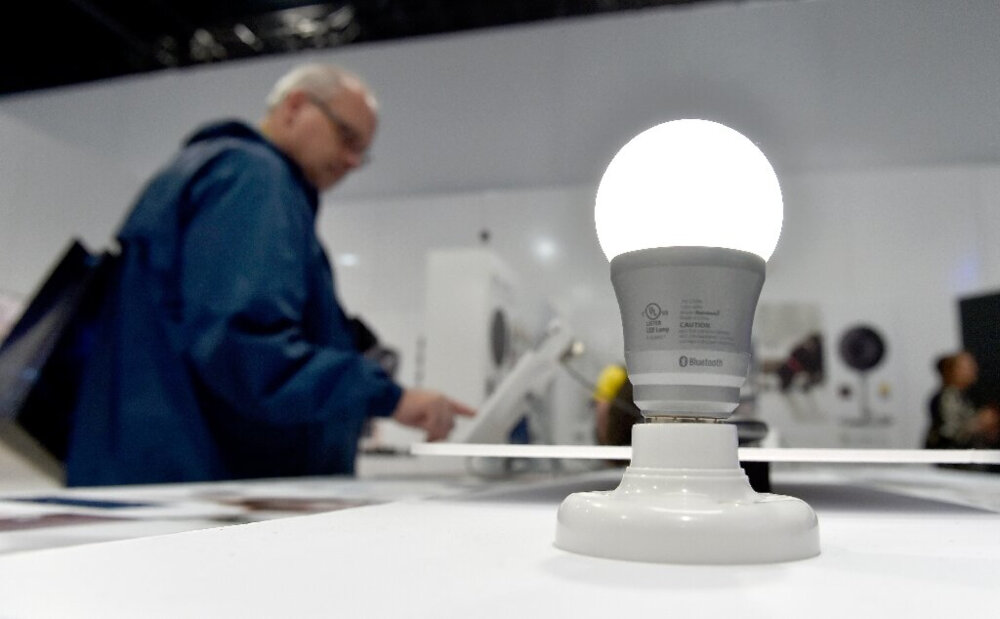
LED (Light Emitting Diode) lights are becoming increasingly popular due to their energy efficiency, durability, and versatility. One of the most important factors to consider when choosing LED lights is their color temperature. The color temperature of LED lights is measured in Kelvin (K) and it can greatly affect the mood, productivity, and overall atmosphere of a room. Understanding LED light colors is crucial for creating the best environment for studying, working, or relaxing. The color temperature of LED lights ranges from warm white (2700K-3000K) to cool white (5000K-6500K). Warm white lights emit a yellowish-orange light that creates a cozy and relaxing atmosphere. They are ideal for bedrooms, living rooms, and other areas where you want to create a warm and inviting ambiance. On the other hand, cool white lights emit a bluish-white light that creates a bright and energizing atmosphere. They are ideal for areas where you need to focus and stay alert, such as offices, classrooms, and study areas. It is important to choose the right LED light color for your needs and preferences to create the optimal environment for your activities.
When it comes to selecting the best LED light color for studying, it’s important to understand the differences between warm white, cool white, and daylight colors. Warm white LEDs provide a cozy, yellowish glow that’s ideal for creating a relaxing atmosphere. They are perfect for use in bedrooms and living rooms where a calm and cozy ambiance is desired. Cool white LEDs, on the other hand, emit a bluish-white light that’s more energizing and stimulating. They are perfect for use in offices and workspaces where you need to stay focused and productive. Daylight LEDs, as the name suggests, provide a natural, bright light that mimics daylight. They are ideal for use in spaces where you need to see colors accurately, such as art studios or makeup rooms. By understanding the differences between these LED light colors, you can select the perfect light for your specific needs and preferences.
Colors have a significant impact on the human body and brain. Blue light is known to stimulate the brain, improve alertness, and enhance cognitive functions. It also regulates the body’s circadian rhythm, making it ideal for studying during the day. Green light promotes relaxation and reduces anxiety, making it suitable for those who struggle with stress and tension. Red light stimulates the body and energizes the mind, making it perfect for studying during the night. Yellow light enhances concentration and helps to boost memory retention. Therefore, when choosing the best LED light color for optimal studying, it is essential to consider the impact that each color has on the body and brain to achieve the desired outcome.
Color plays an important role in setting the tone for effective studying. For optimal studying, a blue-toned LED light is recommended. Blue light has been shown to increase attention and alertness, making it perfect for studying. Additionally, warmer yellow-toned lights are recommended for creating a cozy and comfortable environment, which can help reduce stress and promote relaxation during breaks. Green-toned lights are also a great choice for studying as they have been shown to improve reading ability and focus. Lastly, red-toned lights should be avoided as they can be distracting and cause eye strain, leading to decreased productivity. By choosing the right LED light color, you can create the perfect study environment to help you stay focused and get the most out of your study sessions.
Benefits of Using LED Lights for Studying
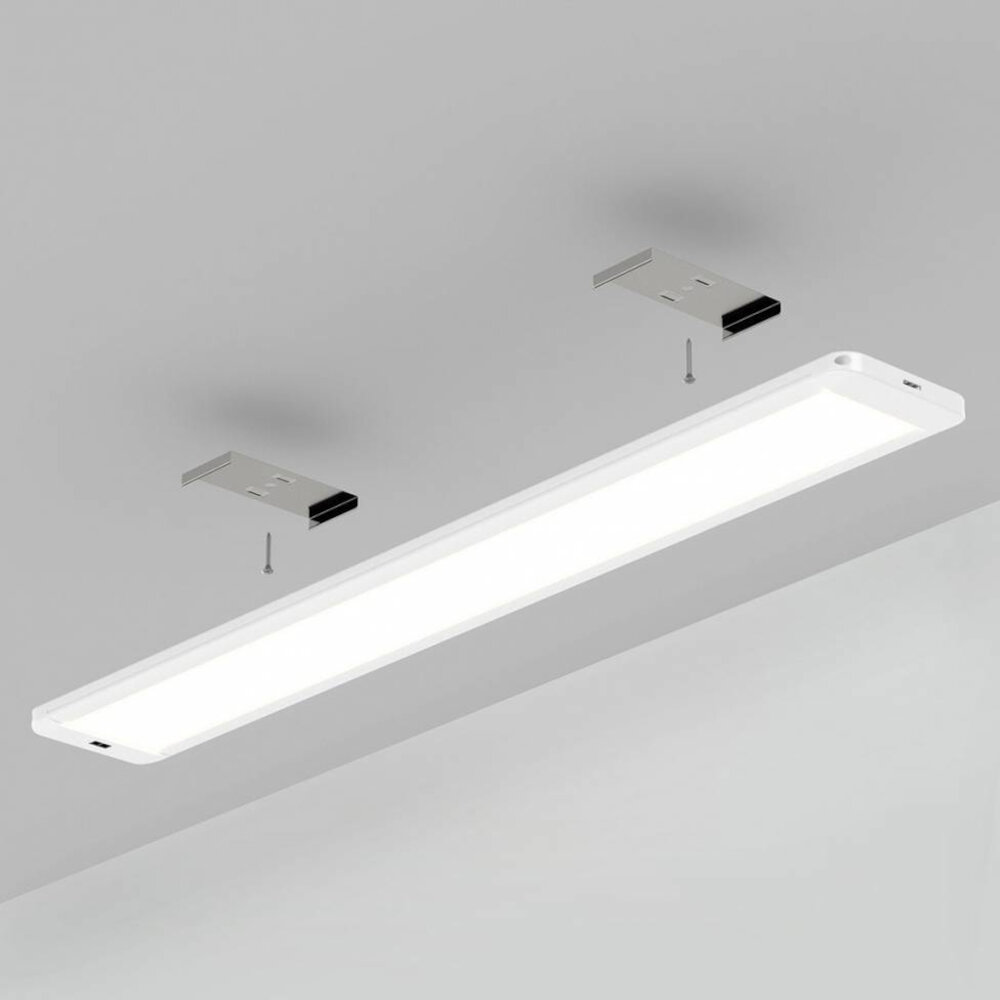
LED lights have become a popular choice for studying due to their numerous benefits. Firstly, LED lights are energy-efficient and consume less electricity than traditional lighting systems. This means that students can study for longer hours without having to worry about high electricity bills. Besides, LED lights have a longer lifespan than other lighting systems, which means that they require less maintenance and cost less in the long run. Moreover, LED lights are eco-friendly since they do not contain hazardous chemicals such as mercury, which can be harmful to the environment. Secondly, LED lights provide optimal lighting for studying. LED lights have a high color rendering index (CRI), which means that they produce bright and natural light that mimics daylight. This type of lighting is ideal for studying as it enhances visual clarity and reduces eye strain. LED lights also come in different color temperatures, ranging from warm to cool. Warm LED lights with a color temperature of 2700K-3000K are ideal for studying since they create a relaxing and comfortable environment. On the other hand, cool LED lights with a color temperature of 5000K-6500K provide a bright and stimulating environment that promotes alertness and concentration. Overall, LED lights are an excellent choice for students who want to create an optimal studying environment that enhances productivity and reduces eye strain.
Energy efficiency and cost savings are two of the most important factors to consider when choosing LED light color for studying. LED lights use significantly less electricity than traditional incandescent bulbs, which means they can help you save money on your energy bills. Additionally, LED lights have a longer lifespan, which means you won’t have to replace them as frequently, further reducing your overall costs. By choosing the right LED light color for studying, you can ensure that you’re getting the most out of your lighting while also saving money and reducing your environmental impact.
Reduced eye strain and fatigue are essential for optimal studying. LED lights come in different color temperatures, and choosing the right one can make a significant difference in your studying experience. Warm white lights emit a yellowish color that can cause eye strain and fatigue, making it difficult to concentrate for long periods. On the other hand, cool white lights emit a bluish-white color that mimics natural daylight, reducing eye strain and fatigue. Additionally, the blue light emitted by cool white LED lights can improve focus and attention, making it easier to study for longer periods. Therefore, it’s crucial to choose the best LED light color for studying to enhance your productivity and reduce eye strain and fatigue.
Improved concentration and focus are essential for effective studying. LED lights can play a vital role in optimizing these cognitive functions, and choosing the right color temperature is key. Higher color temperatures, such as cool white or daylight, can help stimulate the brain and improve focus, making them great choices for study spaces. However, it’s important to avoid glare and harsh lighting, as these can cause eye strain and fatigue, ultimately hindering concentration. By selecting the appropriate LED light color and ensuring adequate lighting levels, students can create an optimal studying environment and enhance their ability to learn and retain information.
The impact of lighting on our mood and productivity is often overlooked, but it plays a significant role in our daily lives. Studies have shown that exposure to natural daylight or blue-enriched light can improve alertness, mood, and cognitive performance. On the other hand, warm white or yellow light can create a relaxed and calming atmosphere, making it a suitable choice for evening or nighttime activities. It is crucial to choose the right LED light color for optimal studying, as it can affect our concentration, motivation, and overall well-being. By selecting a light color that suits your individual needs and preferences, you can enhance your productivity and create a more pleasant studying environment.
Factors to Consider When Choosing LED Light Colors for Studying
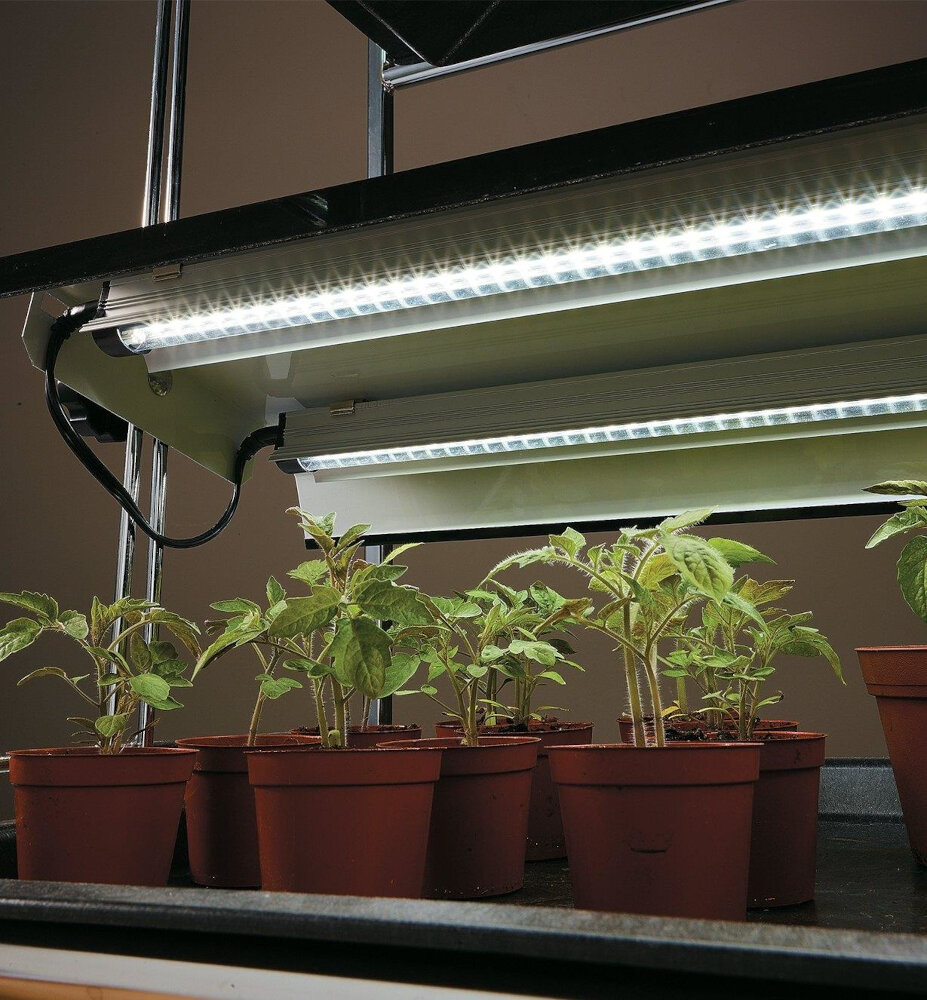
When choosing the best LED light color for optimal studying, there are several factors to consider. One of the most important factors is color temperature. Color temperature is measured in Kelvins and it is a measure of the color of the light emitted by the LED bulb. Generally, a color temperature between 5000K and 6500K is optimal for studying. This color temperature range is known as cool white or daylight and it mimics natural sunlight. Studies have shown that cool white light can improve focus and concentration, which are essential for effective studying. On the other hand, warm white light with a color temperature of 2700K to 3000K is not recommended for studying because it can induce a feeling of relaxation and sleepiness. Another factor to consider when choosing the best LED light color for studying is the color rendering index (CRI). The CRI is a measure of how accurately the LED light source displays colors. A high CRI is important for studying because it helps to reduce eye strain and improves color recognition. A CRI of 80 or higher is recommended for optimal studying. Additionally, it is important to choose LED bulbs with a high lumen output. Lumen output is a measure of the brightness of the LED bulb. A higher lumen output is necessary for studying because it helps to reduce eye strain and improves visibility. Overall, when choosing the best LED light color for studying, it is important to consider color temperature, CRI, and lumen output.
The type of task being performed can greatly affect the choice of LED light color for optimal studying. For reading, it is recommended to use a cool white or daylight LED light color to increase contrast and reduce eye strain. Writing tasks may benefit from a warm white LED light color to create a comfortable and relaxing environment. For computer work, a neutral white LED light color can reduce the blue light emitted by screens and help prevent eye fatigue. It is important to consider the type of task being performed when selecting the best LED light color for studying to ensure optimal productivity and comfort.
Personal preferences and sensitivities play a crucial role in determining the best LED light color for optimal studying. While some individuals may prefer bright white lights to promote alertness and concentration, others may find them overly harsh and prefer a warmer, more natural light. Additionally, some people may be sensitive to certain colors, such as blue or green, which can cause eye strain and headaches. Ultimately, it is important to consider your personal preferences and sensitivities when selecting the best LED light color for your study space, as this can significantly impact your ability to focus and retain information.
When it comes to lighting needs for a study area, it’s important to consider the color temperature and brightness level of the LED lights being used. A cooler color temperature, around 5000K, is recommended for studying as it mimics natural daylight and can help improve alertness and focus. However, it’s important to avoid overly harsh or bright lighting that can cause eye strain and fatigue. Instead, opt for adjustable LED lights that allow for customization of brightness levels and color temperatures to create a comfortable and productive study environment. Additionally, incorporating task lighting, such as a desk lamp or under cabinet lights, can provide focused illumination for reading and writing tasks.
When it comes to choosing LED light colors for studying, it’s important to consider compatibility with existing lighting fixtures. Not all LED bulbs are created equal, and some may not work well with certain fixtures or dimming systems. It’s crucial to check the manufacturer’s specifications to make sure the LED bulbs are compatible with existing fixtures and dimmers. Another consideration is the color temperature of the existing lighting. If the current lighting is warm white, for example, it may be best to choose an LED bulb with a similar color temperature to maintain consistency and avoid clashing colors. By taking these factors into account, you can ensure that your new LED bulbs work seamlessly with your existing lighting fixtures for optimal studying conditions.
Tips for Choosing the Best LED Light Colors for Studying
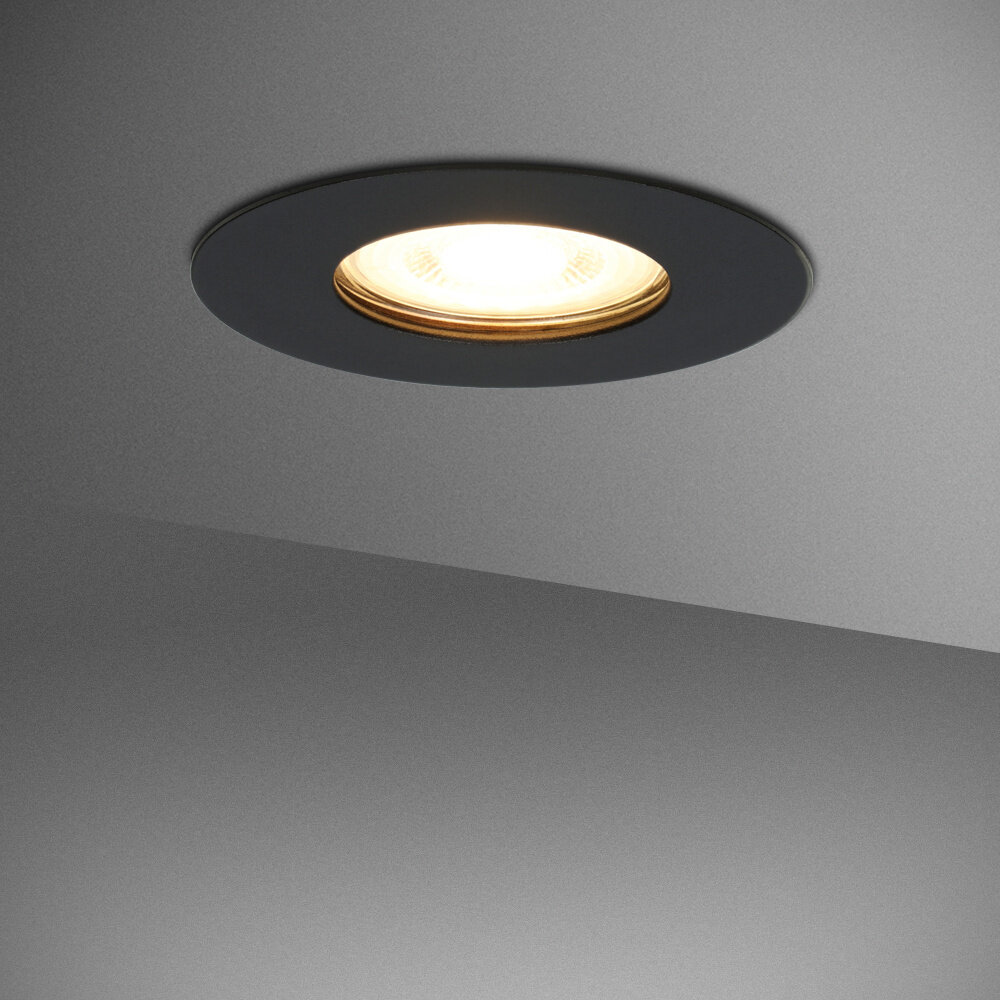
When it comes to studying, lighting plays an essential role in creating an ideal study environment. While natural light is the best option, it may not always be available or practical. In such cases, LED lights are a great alternative. However, not all LED lights are created equal, and choosing the right color temperature is crucial in ensuring optimal studying conditions. Blue and white light are considered the best options for studying as they mimic the natural daylight, which is known to boost alertness and productivity. Blue light is particularly effective in enhancing cognitive function and reducing eye strain, making it ideal for late-night study sessions. On the other hand, warm-colored LED lights like yellow and orange may not be the best option for studying. These colors tend to create a relaxed and cozy atmosphere, which can make you feel sleepy and less attentive. Additionally, warm-colored lights often have a lower color temperature, making it difficult to focus and read for extended periods. When choosing LED lights for studying, it’s important to consider the color temperature, brightness, and color rendering index (CRI). High CRI bulbs are preferred as they provide a more natural and accurate representation of color, making it easier to read and study. Ultimately, the best LED light color for studying depends on personal preference and the specific study requirements.
When it comes to choosing the best LED light color for optimal studying, experimenting with different colors and intensities before making a final decision is crucial. This is because lighting can significantly impact our cognitive function, productivity, and overall well-being. By testing out various hues and brightness levels, you can determine which ones work best for you and your study habits. Some people may find that warm, soft white lighting helps them to relax and focus, while others may prefer cool, daylight white lighting for a more energized and alert state. Ultimately, taking the time to experiment with different colors and intensities can lead to a more productive and comfortable study environment.
When it comes to creating the best study environment, the color temperature and brightness of LED lights are crucial factors to consider. The color temperature of the light source refers to the perceived warmth or coolness of the light, with warmer colors being more relaxing and cooler colors being more stimulating. For optimal studying, it is recommended to use lights with a color temperature between 4000K-6500K, which is considered a neutral to cool white light. Additionally, the brightness of the lights should be adjustable to accommodate different lighting needs throughout the day. Brighter lights are helpful during the day when natural light is limited, while dimmer lights can aid in relaxation during the evening. Overall, choosing LED lights with the right color temperature and brightness can be a game changer in creating an ideal study environment.
One of the most effective ways to customize lighting for optimal studying is by using dimmer switches and adjustable lamps. Not only do these tools allow you to control the amount of light in a room, but they also allow you to adjust the color temperature of the light to fit your needs. For example, if you are studying in the evening and want to create a warm and cozy atmosphere, you can turn down the brightness and adjust the color temperature to a soft yellow glow. On the other hand, if you need to focus and stay alert, you can turn up the brightness and adjust the color temperature to a cool and crisp white light. With dimmer switches and adjustable lamps, you have the flexibility to create the perfect lighting environment for any study session.
Choosing the right LED light color for studying is crucial for optimal learning and productivity. The right color temperature can have a significant impact on our mood, concentration, and overall well-being. Studies have shown that cooler light temperatures, such as daylight or cool white, can improve focus and alertness, while warmer temperatures, such as soft white or warm white, can create a more relaxing and calming environment. It’s essential to consider the type of task you’ll be working on and the atmosphere you want to create when selecting the appropriate LED light color. By choosing the right LED light color, you can create a comfortable and conducive environment that promotes learning and enhances your overall studying experience.
In conclusion, selecting the right LED light color is crucial to creating an optimal study environment. Cool white or daylight LED lights are recommended as they mimic natural daylight, which can help to improve productivity and alertness. It is important to consider the lumens and color temperature when choosing the LED light color, as these factors play a significant role in creating a comfortable and effective study area. Additionally, it is recommended to use multiple light sources to eliminate shadows and reduce eye strain. Lastly, be mindful of glare and the placement of lights to prevent distractions or discomfort. By following these recommendations, you can create an ideal study environment that promotes concentration, productivity, and comfort.
Conclusion
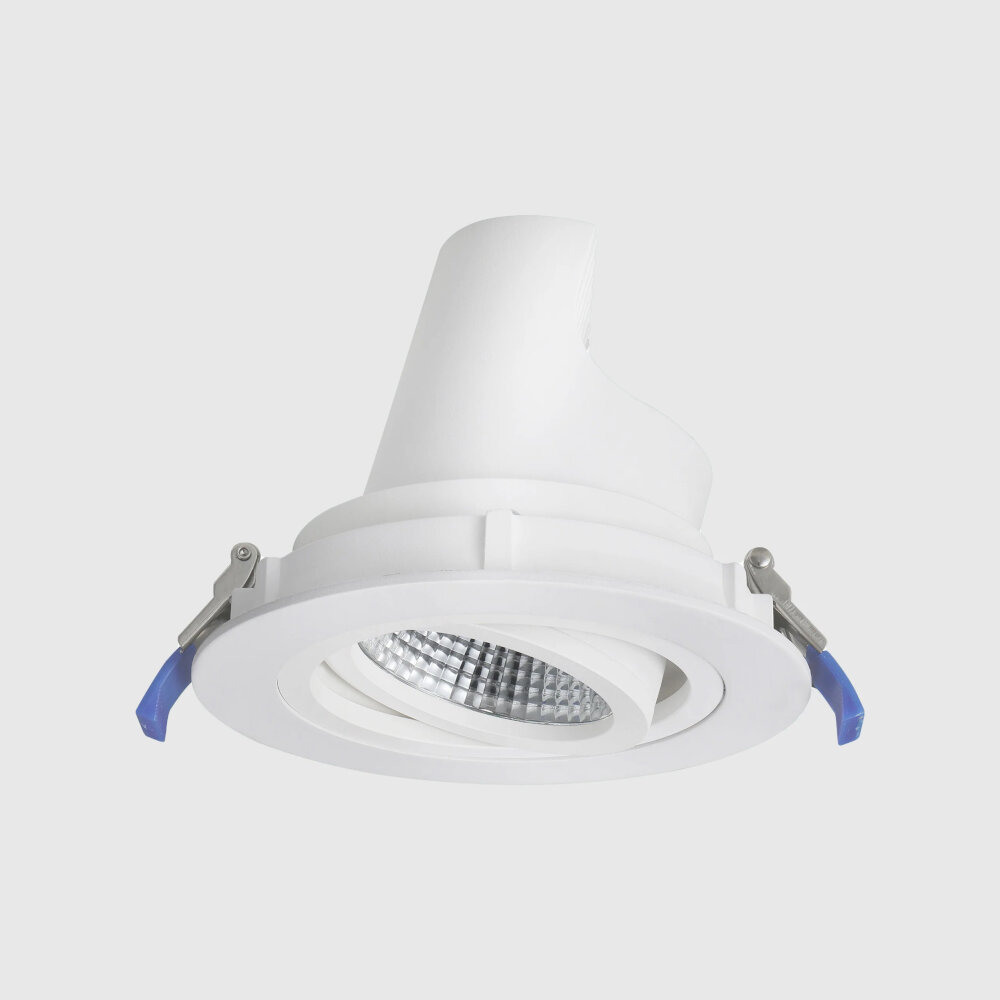
In conclusion, choosing the best LED light color for optimal studying is a crucial factor that can have a significant impact on your learning experience. It is important to consider the color temperature, brightness level, and your personal preference when selecting the ideal LED light for your study space. Whether you prefer warm or cool tones, dim or bright lights, the right LED light can help you stay focused, alert, and motivated throughout your study sessions. So, take the time to experiment with different LED light colors and find the perfect one that suits your needs, and enhance your studying performance.



